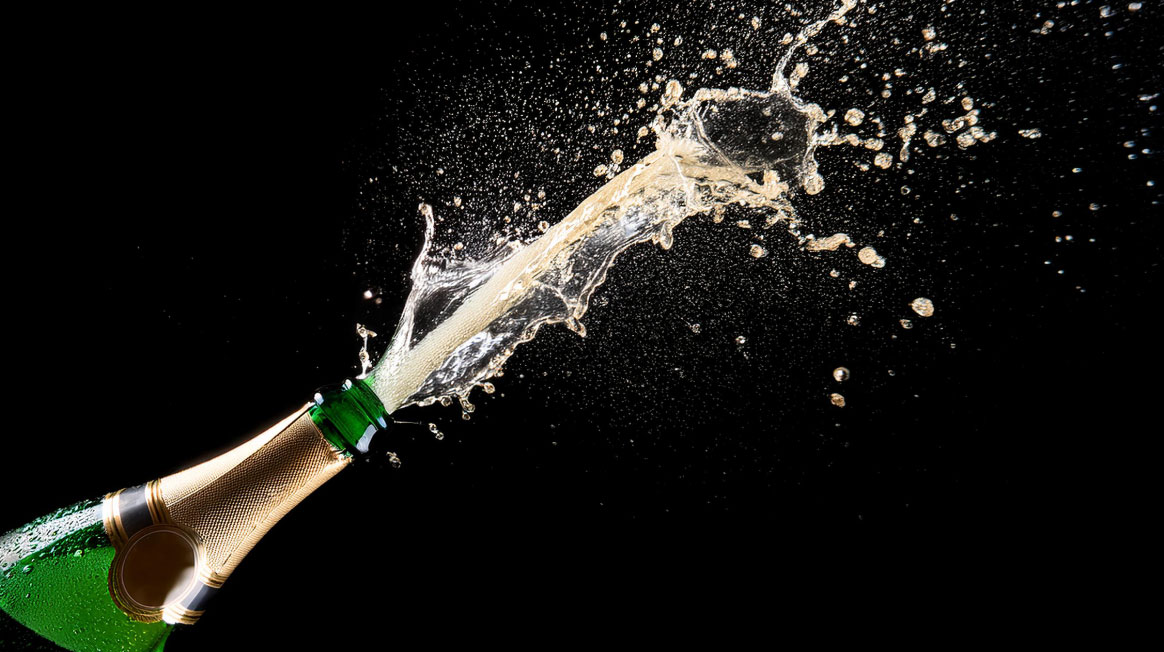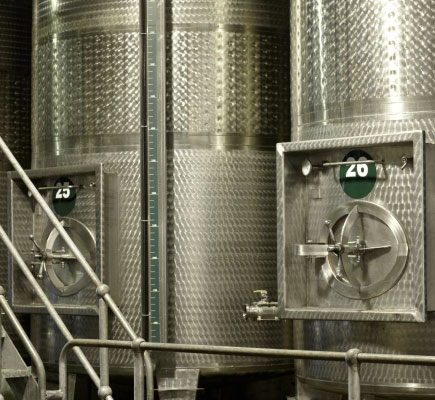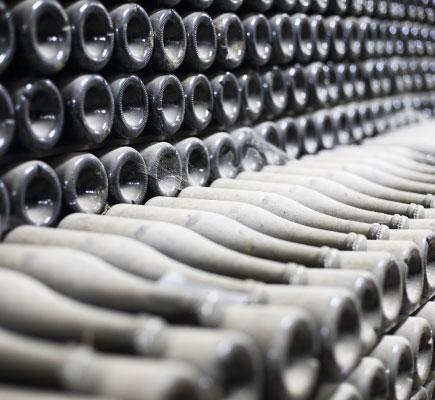
Champagnes Journey From Vine to Bubbles
The creation of Champagne is a meticulous process that begins in the vineyards of the Champagne region in France. Grapes are hand-harvested to ensure quality, then gently pressed to extract clear juice. This juice undergoes primary fermentation to become still wine. Winemakers blend various still wines to achieve the desired flavour profile. A mixture of sugar and yeast is added before bottling, initiating a secondary fermentation that creates the characteristic bubbles. The wine is aged on lees, then clarified through riddling and disgorgement. Finally, dosage is added to balance sweetness, and the bottle is corked, ready for enjoyment.
Understanding industry-specific abbreviations is essential for navigating the world of Champagne. Here are some commonly used terms:
ABV (Alcohol by Volume): Indicates the percentage of alcohol in the Champagne.
AOC (Appellation d’Origine Contrôlée): French certification granted to certain geographical indications for wines.
NV (Non-Vintage): Champagne blended from multiple vintages.
MLF (Malolactic Fermentation): Secondary fermentation converting malic acid to lactic acid, softening the wine.
TA (Titratable Acidity): Measure of the total acidity in Champagne.
RS (Residual Sugar): Amount of sugar remaining in Champagne after fermentation.
TCA (2,4,6-Trichloroanisole): Compound responsible for cork taint in wines.
While stainless steel tanks are commonly used, traditional oak barrels also play a role in Champagne production:
- Pièce Champenoise (205 litres): Traditional Champagne barrel size.
- Barrique (225 litres): Standard Bordeaux barrel, occasionally used in Champagne.
- Foudre (1,000–10,000 litres): Large oak vats used for fermentation and aging.
The choice of vessel impacts the wine’s flavour and aging potential.
Champagne is bottled in various sizes, each with unique names:
- Split (187.5 ml): Single serving.
- Half Bottle (375 ml): Two servings.
- Standard Bottle (750 ml): Five servings.
- Magnum (1.5 L): Two standard bottles.
- Jeroboam (3 L): Four standard bottles.
- Rehoboam (4.5 L): Six standard bottles.
- Methuselah (6 L): Eight standard bottles.
- Salmanazar (9 L): Twelve standard bottles.
- Balthazar (12 L): Sixteen standard bottles.
- Nebuchadnezzar (15 L): Twenty standard bottles.
Larger formats are often used for celebrations and can influence aging characteristics.


Harvesting and Pressing: Beginning the Craft
In the Champagne region, grape harvesting is performed exclusively by hand to maintain the integrity of the fruit. Harvest typically occurs between August and October, depending on grape ripeness. Once collected, grapes are swiftly transported to pressing facilities. Gentle pressing methods are employed to extract high-quality juice while minimizing skin contact, preserving the desired clarity and acidity. The extracted juice, known as "must," is then settled to remove impurities before fermentation. This initial phase is crucial, as it sets the foundation for the Champagne's flavour profile and overall quality.
Fermentation and Blending: Developing Flavour
The clarified grape juice undergoes primary alcoholic fermentation, transforming sugars into alcohol and producing still wine. Some producers may also conduct malolactic fermentation to soften acidity. Following fermentation, winemakers engage in blending, or "assemblage," combining wines from different grape varieties, vineyards, or vintages to achieve a consistent house style. This blending process is an art, requiring skill and experience to balance flavours, aromas, and textures. The resulting cuvée embodies the desired characteristics and serves as the base for the secondary fermentation that will create Champagne's signature effervescence.
Secondary Fermentation: Creating the Bubbles
To initiate the secondary fermentation, a mixture of sugar and yeast, known as the "liqueur de tirage," is added to the blended still wine before bottling. Bottles are sealed with crown caps and stored horizontally in cool cellars. Over several weeks, the yeast consumes the added sugar, producing alcohol and carbon dioxide. Since the gas cannot escape, it dissolves into the wine, forming the characteristic bubbles. This in-bottle fermentation is a defining feature of the traditional Champagne method, contributing to the wine's complexity and effervescence.
Aging, Riddling, and Disgorgement: Refinement
After secondary fermentation, Champagne is aged on its lees (dead yeast cells) for a minimum of 15 months for non-vintage and 3 years for vintage varieties, enhancing flavour and texture. Following aging, bottles undergo riddling, a process of gradually tilting and rotating them to collect sediment in the neck. Traditionally done by hand, riddling is now often performed mechanically using gyropalettes. Once sediment has settled, disgorgement occurs: the bottle necks are frozen, and the solidified sediment is expelled. This clarifies the wine, preparing it for final adjustments.
Dosage and Corking: Final Touches
Post-disgorgement, a "liqueur d'expédition," a mixture of wine and sugar, is added to adjust sweetness levels, defining the Champagne's style (e.g., Brut, Demi-Sec). The bottle is then sealed with a traditional cork and secured with a wire cage to withstand internal pressure. Labels are applied, and the Champagne undergoes a resting period to integrate the dosage. This final stage ensures balance and harmony in flavour, culminating in the elegant sparkling wine ready for distribution and enjoyment.



